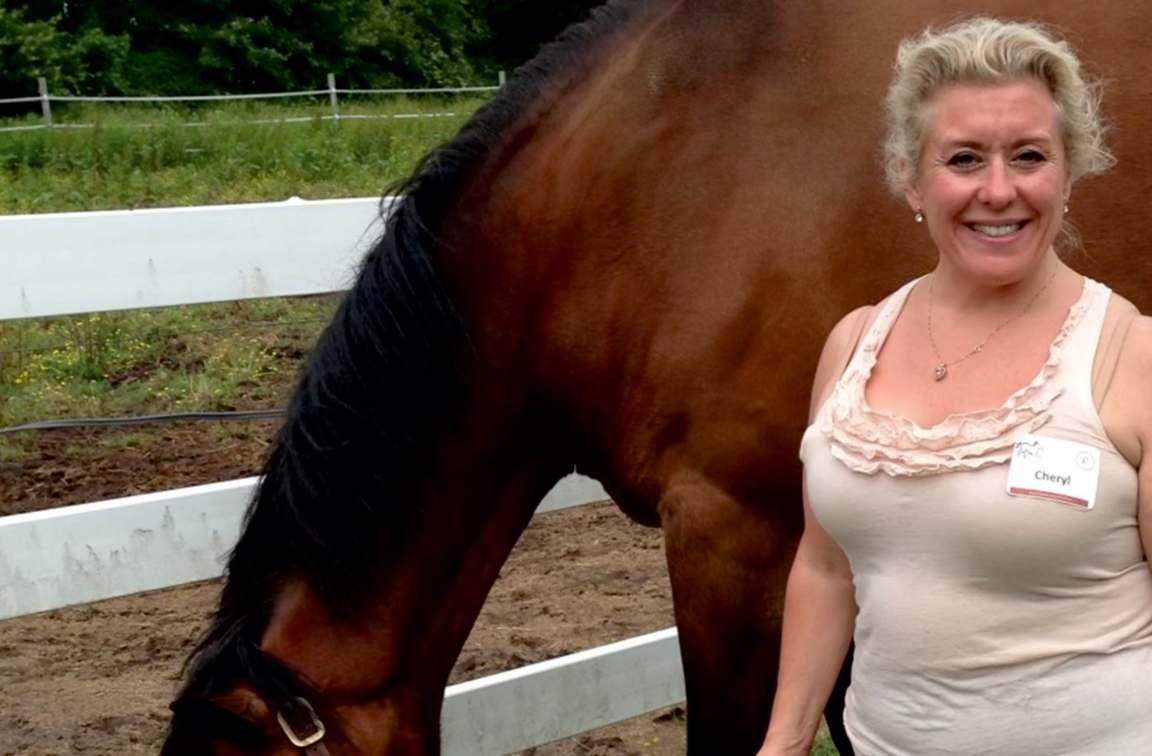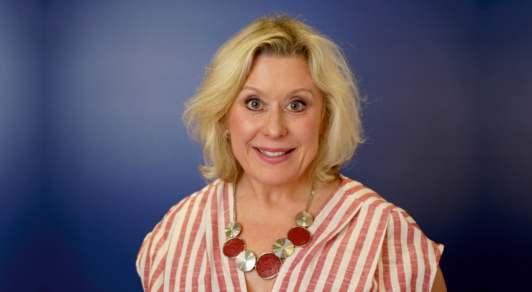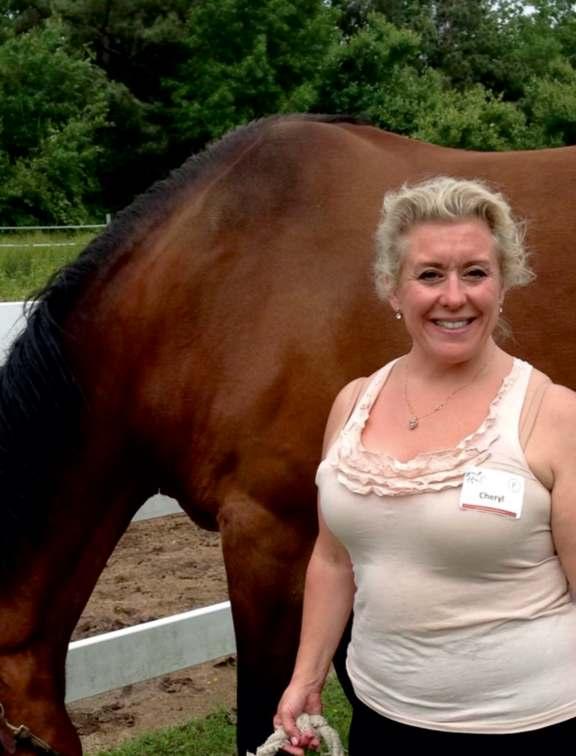
3 minute read
The Success Story Story
Early in my career, I read a book about learning that defined learning as a “spiral of disequilibrium.” Basically, the theory says, learning is a place of discomfort, and you will be uncomfortable and offbalance until you gain mastery. This resonated with me and I have used it as a measurement of growth ever since.
This commitment to growth led me to continuallyand I still do it- put myself in places of discomfort. I always took the biggest, hardest projects- the projects no one else wanted because it scared them. It scared me too. But if I was going to grow, I had to take them.
About 10 years ago, I attended a leadership retreat where we practiced leadership by working with horses. I hadn’t been near a horse in over 30 years, so I was plenty uncomfortable being around horses. My colleagues picked the smaller horses- the ones they felt they could manage. If you’ve ever been around a horse, you know that horses respond to unspoken authority and leadership. The sense your stance in relation to them and respond to it.
When my turn came, without even thinking, I chose the biggest horse. He a Belgian horse standing around 15-16 hands. And he scared me. But I wanted to test myself. Could I make this horse walk around the pen with me?
Now, you can’t tug on a horse to make it go. You take the rope, and you walk with certainty. That sends the message- follow me. And that’s what I did. At first, he didn’t budge, but then he began to walk. Around the pen we went, my heart thudding in my chest. He followed.
After this was over, the executive of the team I was on came over to me. She said- I watched you choose the scariest horse in here, and it dawned on me, this is what you do at work. You choose the scariest horses.
And indeed, I do. I have led enormous projects that others couldn’t complete- most recently a reorganization that resulted in my leading a team of 244 people. That was a year and a half of discomfort. But at the end of it, I was promoted. It has been just a year and a half since that promotion and I am still building a brand-new team in a zone of discomfort.
Implementing Future Tech
Cheryl Wipper recognizes the rapidly changing nature of the business world and the impact of technological advancements on the accounting and finance profession. With the advent of generative AI, roles once deemed exclusive to humans are now being automated. While she acknowledges the potential benefits of such technology, she also highlights the importance of being cautious in its application.

As the head of a team that develops content for the accounting profession, she encourages her team to experiment with generative AI but also to be mindful of the risks, ethical considerations and legal implications of this technology. Because her team authors most of the organization’s content, she works hard to make sure her team champions and maintains its originality, authority and voice. After all, she says, “We are speaking on behalf of a learned profession. As its steward, we are trusted to represent it with authenticity and accuracy.”
Cheryl predicts generative AI will be the most significant learning, content, and creative output disrupter in the coming years. Several possible scenarios could play out: it could replace human capabilities, be used for efficiency gains, or make human uniqueness even more valuable. Cheryl believes it's essential to drive the change rather than react to it to stay ahead of the curve. And for that reason, she advocates for the tool to complement and inform rather than replace human outputs. Her team will continue to identify generative AI's place in their organization and use it to enhance human capabilities and improve speed to market. In other words, technology doesn’t have to be a disruptor. It can guide professionals to deliver better and more efficient work.
Bequeathing Guidance
Cheryl advises aspirants willing to venture into modern business to get comfortable with change. She says, "While others are scared of change, you can remain objective about its impact- and that puts any professional in a place of growth."
"Be willing to hear perspectives different from yours. Being right rarely builds growth. But learning from others and building relationships by wrestling through differences leads to success," Cheryl concludes.








